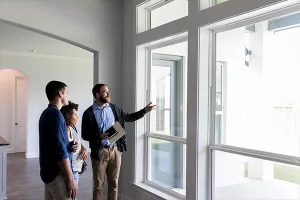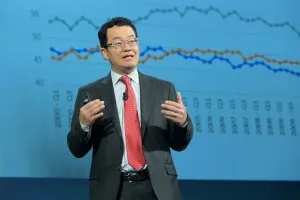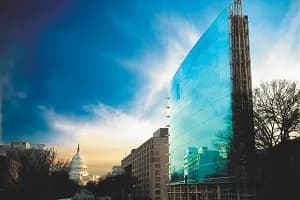Written by Helen Shwe Hadani and Jennifer S. Vey, Anne T. and Robert M. Bass Center for Transformative Placemaking
COVID-19 has disrupted nearly all aspects of our daily lives, influencing everything from where many of us work to how we connect with family and friends—and sparking a lot of creativity in the process. For example, many communities around the country have transformed streets, sidewalks, and other public spaces to accommodate outdoor dining and recreational activities in new and expanded ways. Meanwhile, the pandemic’s impact on pre-K to 12 education has generated more interest than ever in innovations that complement school-based learning, particularly for children in under-resourced neighborhoods.
One approach that combines placemaking and learning innovations is Playful Learning Landscapes (PLL), an initiative that marries the science of child development with urban design to embed learning opportunities in bus stops, parks, and supermarkets and other everyday places—transforming them into enriching, social spaces for children, families, and communities. The Brookings Institution in collaboration with Temple University, through the leadership of Professor Kathy Hirsh-Pasek, and Playful Learning Landscapes Action Network (PLLAN) is working to build an interdisciplinary community of practice and respond to the growing interest of stakeholders and decision-makers around the world for evidence and guidance for adopting and scaling the PLL approach.
What makes PLL unique is a critical layer of playful learning—a spectrum of child-directed play methods that include free play (no direct adult involvement), guided play (supported by adults toward a learning goal), and games (rule-based activities with learning goals) informed by the latest findings in developmental science. Guided play—the focus of interactions in PLL—allows children to maintain control over their learning with the guidance of an adult to provide structure and focus the activity around a learning goal (e.g., a well-curated exhibit at a children’s museum).
PLL installations in Philadelphia, Chicago, Santa Ana, and elsewhere have shown that PLL promotes the kinds of caregiver-child behaviors and interactions directly related to later progress in STEM, literacy, and executive function. For example:
- PLL’s Urban Thinkscape—which transformed an abandoned lot next to a bus stop in West Philadelphia into an interactive play space—includes four activities and structures that target specific areas of learning including spatial skills, language development, and executive function. One of the activities, Jumping Feet, is a twist on hopscotch that embeds cognitive science in the design of the activity and is based on a task used by researchers to gauge children’s memory and attention. The intentionality behind the design is the key component for promoting learning through play.

- Supermarket Speak has helped transform the daily trip to the supermarket into a learning opportunity by adding simple signage (e.g., “Where does milk come from?”) to promote caregiver-child conversations. Results showed a 33% increase in conversations between children and caregivers when signs were up in under-resourced neighborhoods.

- Parkopolis enriched a public space with math and science learning by engaging children and their caregivers in a life-size board game where they roll “fraction dice” and move one and a half spaces around the board. Compared to another STEM exhibit, in Parkopolis caregivers produced more STEM language, had higher engagement and physical activity, asked more questions, and spent less time on their cell phones.

With more children growing up in socially, economically, and racially stratified neighborhoods, local leaders across the country—and around the globe—are increasingly looking to PLL as a promising way to engage residents of low-resourced areas in the design and implementation of creative spaces where children, caregivers, and community members can interact with one another. By thinking differently about the potential of our public and shared spaces, we can enhance urban environments while transforming them into powerful learning hubs for children and their families.









